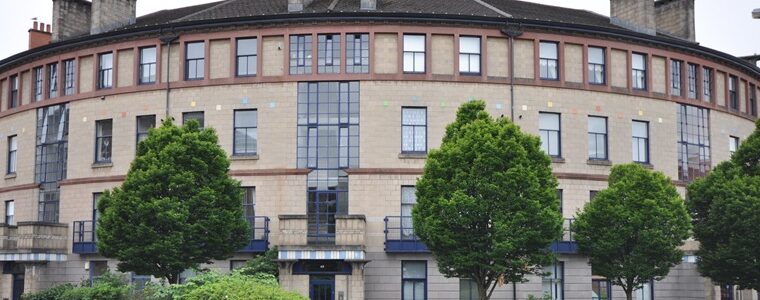How is broadband defined?
If someone asked how is broadband defined, only 16 per cent of Brits would know what to say

The technology underpinning the World Wide Web has changed surprisingly little since its launch in 1991.
We still view standalone webpages built out of HTML code, connected by hyperlinks and accessed through the HyperText Transfer Protocol that starts every webpage address.
Although technologies like HTML5 have rendered old methods of website design superfluous, a 2024 website is structurally similar to a 1994 one.
The only real area of transformative change over the last three decades involves internet speeds.
We’ve progressed from data being sent along dial-up phone lines at speeds of kilobits per second to the routine presence of gigabit-capable lines in many new homes.
Along the way, the definition of high-speed internet has changed – in some cases literally…
As broad as it’s wrong
There’s a common acceptance in the UK that any internet connection faster than an 11Mbps ADSL line can reasonably be described as broadband.
Yet last month, America’s Federal Communications Commission ruled the official definition of the word ‘broadband’ Stateside must now involve download speeds of at least 100Mbps.
In fairness, that doesn’t necessitate a symmetrical connection, with upload speeds of 20Mbps qualifying as high-speed broadband – itself a sixfold increase on the previous figure.
That figure has been in place since 2015, when download speeds were also raised six-fold to 25Mbps.
This is slower than most of the UK’s Fibre to the Cabinet connections, which range between 35 and 65Mbps.
Yet if you asked a typical FTTC customer how is broadband defined, it’s unlikely they’d point to their own contract as being representative.
Indeed, research published in March showed only 16 per cent of UK consumers could define full fibre broadband.
As we’ve previously reported, full fibre broadband is any connection where fibre optic cables extend directly into your home from an ISP or altnet’s cable network.
In FTTC connections, fibre services stop at the nearest pavement exchange, with slower telephone lines carrying data along the final leg of its journey into the home.
How is broadband defined in advertising?
Broadband advertising agencies must take a great deal of blame about public confusion.
While consumers wouldn’t necessarily have warmed to industry terminology like VDSL2, the word ‘broadband’ has been wilfully misused alongside generic terms like ‘superfast’.
The latter was routinely applied to FTTC connections, which were undoubtedly a quantum leap ahead of dial-up connections, though hardly superfast.
The Advertising Standards Authority allowed FTTC to be marketed as ‘fibre’ despite those fibre cables not extending all the way into the home.
Even today, industry regulator Ofcom suggests a connection of just 2Mbps can qualify as broadband – with superfast above 30Mbps, ultrafast above 300 and fibre anything more than 900Mbps.
Their definition of broadband is: “A service or connection generally defined as being ‘always on’ and providing a bandwidth greater than narrowband.”
Since ‘narrowband’ lines have maximum speeds of just 128Kbps (barely twice as fast as the unlamented 1990s dial-up), that’s hardly a high bar.
Perhaps unsurprisingly, 58 per cent of consumers aren’t satisfied with their internet speed, with the majority admitting to domestic arguments about slow WiFi.
If you don’t understand what you’re paying for each month, any buffering of video streams or sluggish file uploads could potentially cause disproportionate irritation.
The fact that a 2Mbps internet connection qualifies as broadband suggests UK regulators need to undertake their own official update regarding how broadband is defined…






